Why Removing Sediment From Your Water Heater Transforms Performance
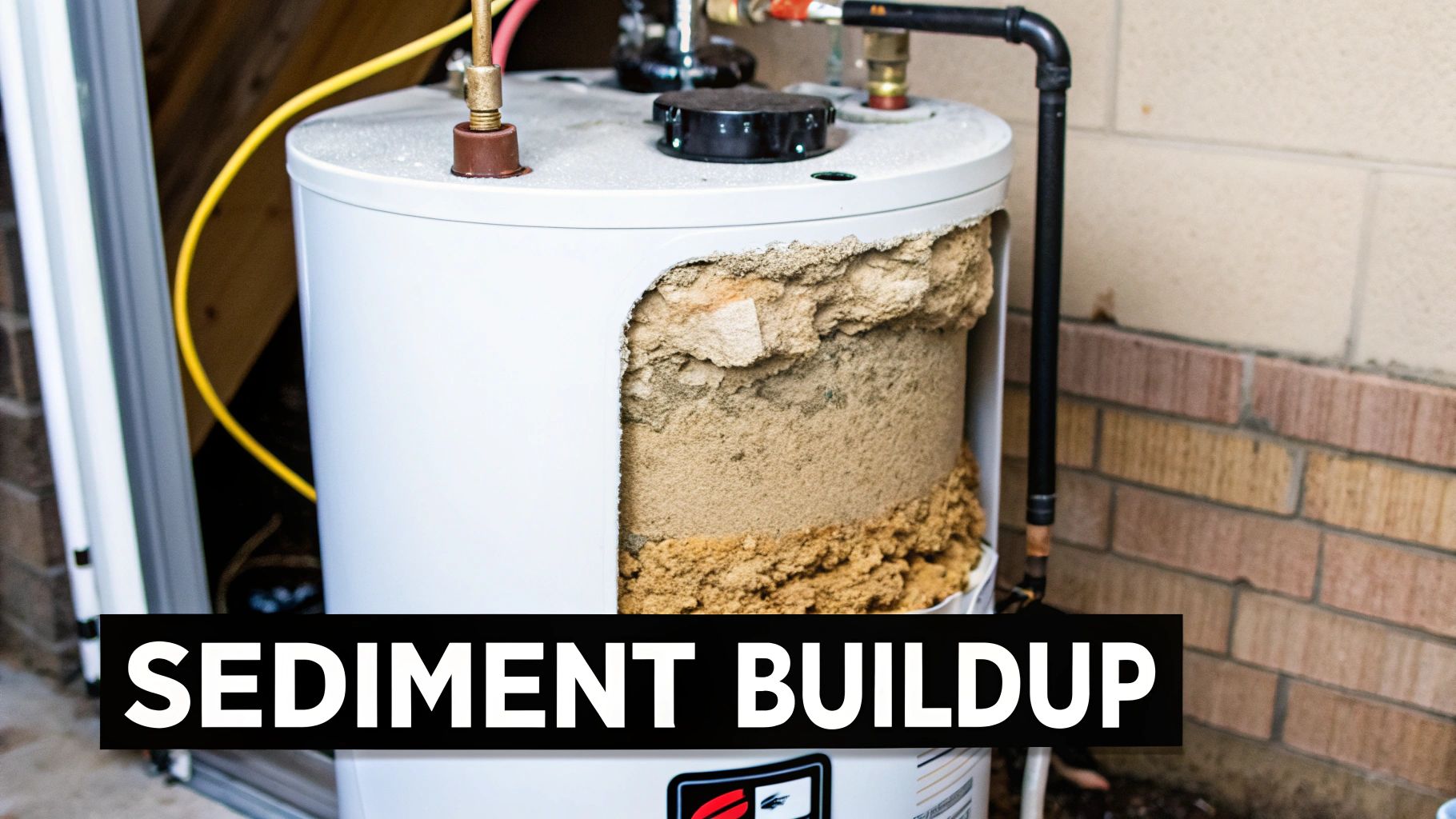
Over time, mineral deposits and debris accumulate in your water heater tank. This buildup, known as sediment, can significantly impact your water heater's performance and lifespan. This accumulation acts as a barrier, preventing the efficient heating of your water.
Understanding The Impact of Sediment
Sediment acts like a thick blanket at the bottom of your tank. This thermal barrier prevents the heating element from effectively transferring heat to the water. As a result, your water heater works harder, consuming more energy to reach the desired temperature. This leads to higher energy bills and reduced efficiency.
Additionally, this buildup restricts water flow, causing fluctuations in water temperature. You might experience inconsistent shower temperatures or notice your hot water runs out faster. This affects your comfort and signals potential problems with your water heater.
The Science Behind Sediment and Energy Loss
Sediment buildup significantly affects energy efficiency. The accumulated sediment insulates, reducing heat transfer. This forces the heater to work harder and longer, increasing energy consumption and utility bills. Imagine heating water in a pan with a layer of sand at the bottom. It takes longer and requires more energy than a clean pan. The sediment in your water heater similarly impedes heat transfer, making the system less efficient. For more information on the impact of sediment, check out these Quick Facts About Sediment Buildup In Your Water Heater. This decreased efficiency also strains the heating element, potentially shortening its lifespan and causing premature failure.
The Benefits of Removing Sediment
Removing sediment through regular flushing restores efficiency and prolongs your water heater's lifespan. By eliminating the thermal barrier, heat transfer improves dramatically, allowing your water heater to operate as designed. This results in lower energy bills and consistent water temperatures. For more information on plumbing and electrical systems, you might find this Essential Plumbing and Electric Site Map helpful.
Furthermore, removing sediment reduces strain on the heating element, preventing premature wear and tear. Removing sediment isn't just maintenance; it's an investment. It ensures optimal performance, reduces energy costs, and extends the life of your appliance, saving you money and frustration.
Recognizing When Your Water Heater Is Crying For Help
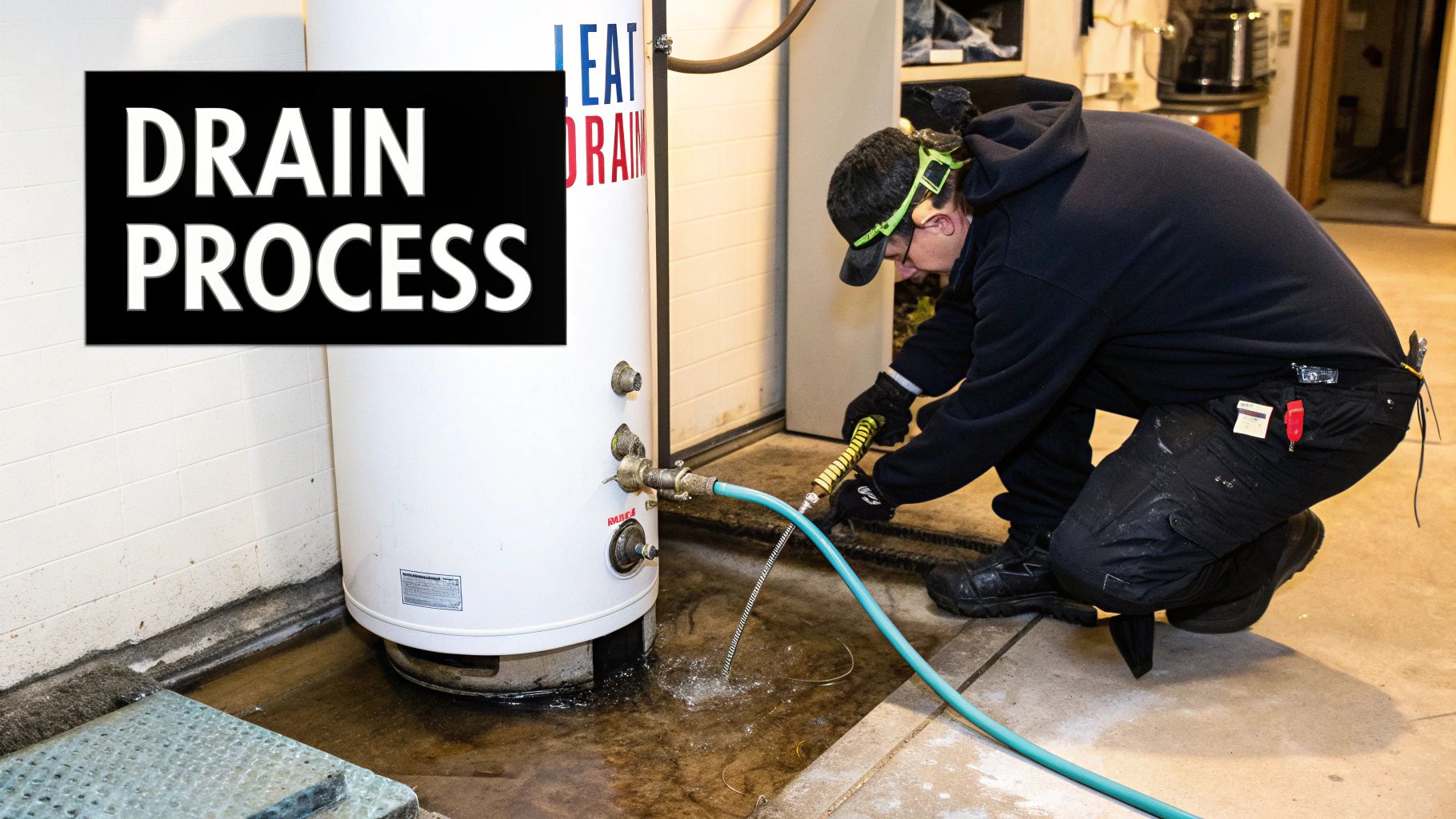
Your water heater might not speak, but it certainly has its ways of letting you know when something's amiss. Paying attention to these subtle cues can save you from expensive repairs down the line and significantly extend the lifespan of your appliance. Let's delve into the common signs that your water heater needs some TLC.
Early Warning Signs
Have you noticed your showers aren't as hot as they used to be? Or perhaps your hot water runs out much faster than before? A change in water temperature is one of the first indicators of sediment buildup. This happens because the sediment acts as insulation at the bottom of the tank, preventing the water from heating properly.
Strange noises are another clue. While some sounds are normal during operation, pay attention to any rumbling or popping coming from the bottom of the tank. This often indicates sediment buildup, as the heated water struggles to circulate through the accumulated debris.
Finally, keep a close watch on your energy bills. A gradual increase in water heating costs, even if your usage hasn't changed, can point towards sediment-related inefficiency. The sediment forces your water heater to work harder, consuming more energy to achieve the desired temperature.
Red Flags Demanding Immediate Attention
Besides the early warnings, there are more serious symptoms that demand prompt action. Discolored water, particularly a rusty or brownish tint, signals a significant sediment problem. This means sediment is breaking free and contaminating your water supply, indicating potential corrosion within the tank.
If you're faced with a complete lack of hot water, it’s time to call a professional. This usually occurs when the sediment layer becomes so thick it completely encases the heating element, rendering it ineffective. Intervention is crucial to restore hot water and prevent further damage.
The following table summarizes these warning signs and offers recommended actions.
To help you better understand the potential issues with sediment buildup, let's take a look at some common warning signs. The table below outlines the severity, cause, and recommended actions for each sign.
| Warning Sign | Severity Level | Cause | Recommended Action |
|---|---|---|---|
| Change in Water Temperature | Low to Medium | Sediment insulation prevents proper heating. | Check for other signs, consider flushing. |
| Rumbling/Popping Noise | Medium | Heated water struggles to move through sediment. | Flush the water heater. |
| Increased Energy Bills | Low to Medium | Reduced efficiency forces the heater to work harder. | Flush the water heater. |
| Discolored Water | High | Sediment breaks free and enters the water supply. | Flush the water heater, contact a plumber. |
| No Hot Water | High | Sediment blocks the heating element. | Contact a plumber immediately. |
As this table illustrates, addressing sediment buildup early can prevent more serious problems down the line. Regular maintenance, such as an annual flush, can significantly extend the life of your water heater. For more information on the benefits of flushing, check out this helpful resource from Energy Trust. Many plumbers recommend this practice, and it's often a requirement to maintain home warranty coverage.
Diagnosing Your Water Heater's Condition
Familiarizing yourself with these symptoms helps you distinguish between typical water heater operation and sediment-related issues. This knowledge empowers you to take proactive steps, preventing minor inconveniences from escalating into costly repairs or replacements. Just as addressing a small leak promptly avoids major water damage, recognizing these early sediment warnings safeguards your water heater and your budget.
Essential Tools for Removing Sediment From Your Water Heater
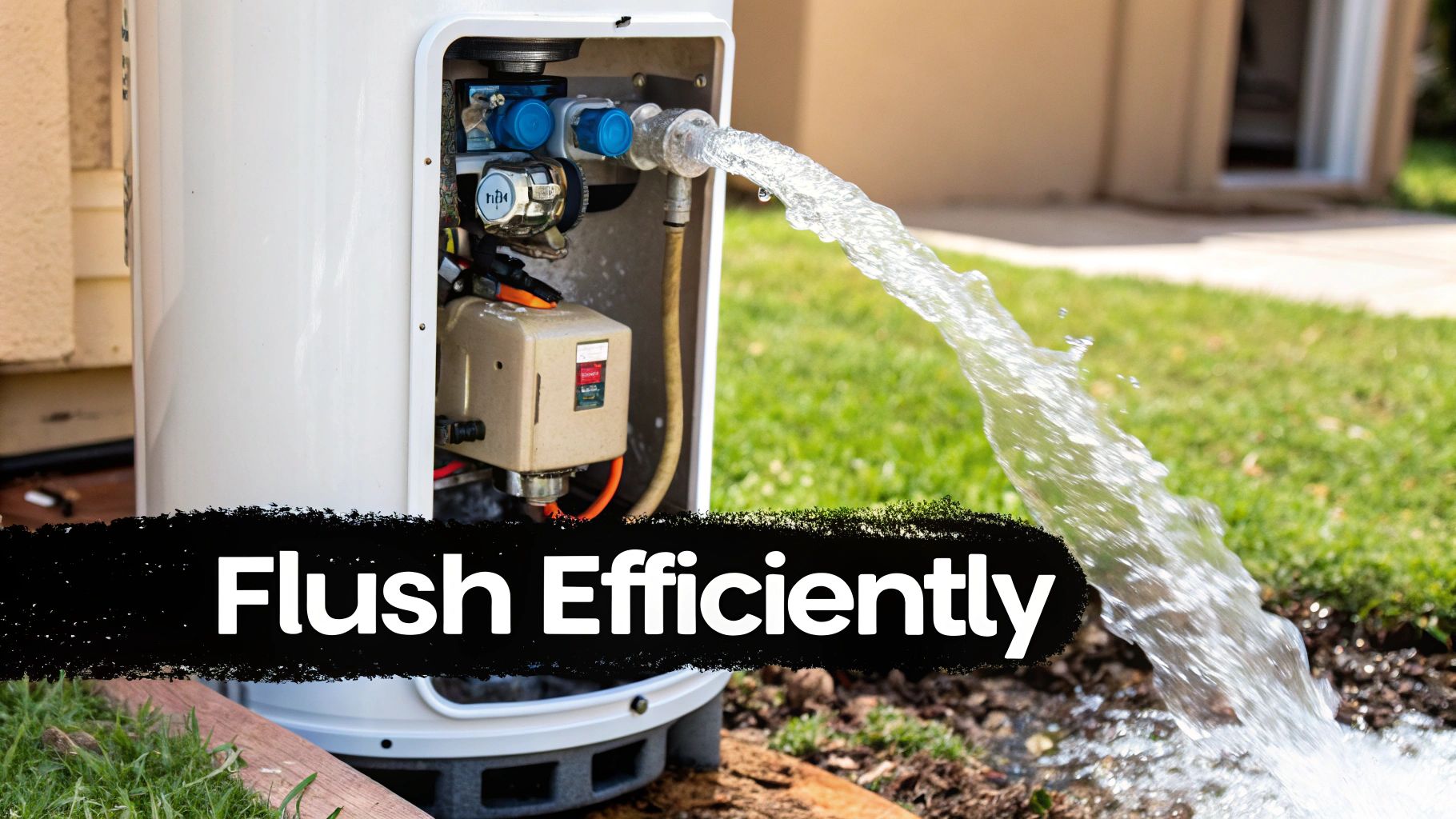
Before you begin removing sediment from your water heater, gathering the right tools is essential. This ensures the process is both efficient and safe. Proper equipment can make the difference between a smooth job and a frustrating, messy one.
Must-Have Tools For Sediment Removal
-
Garden Hose: A standard garden hose is essential for draining the tank. Choose one long enough to reach your drain and make sure it’s leak-free for efficient flow. A durable hose will simplify the task.
-
Temperature-Resistant Gloves: Hot water from the tank can cause burns. Temperature-resistant gloves are a vital safety measure to protect your hands.
-
Bucket: A bucket is useful for catching small amounts of water while working on valves and connections, keeping your work area clean.
-
Flathead Screwdriver: You'll need a flathead screwdriver to open the drain valve on many water heater models.
-
Drain Valve Wrench (Optional): Some drain valves can be difficult to turn. A drain valve wrench offers added leverage, especially for older or corroded valves.
Why The Right Tools Matter
Using the correct tools isn't just about convenience; it's about efficiency and safety. A kinked garden hose, for instance, can restrict water flow and prolong draining time. The right tools also prevent damage to your water heater, saving you on costly repairs. Learn more in our article about Essential Plumbing and Electric for professional guidance.
Understanding Your Water Heater’s Drain Valve
Different water heaters have different drain valves. Some turn easily by hand; others require a wrench. Understanding your model helps determine the necessary tools and prepares you for potential challenges. This is particularly important with older water heaters, which may have corroded or stiff drain valves. A drain valve wrench can be invaluable in these situations, providing the leverage needed to open and close the valve without causing damage.
Investing in quality tools, especially those that contact hot water, is a wise decision. Temperature-resistant gloves, for example, are crucial for hand protection. While a basic garden hose might work, a more durable one prevents kinks and leaks, ensuring efficient draining. By understanding each tool's function and choosing appropriately, you'll be prepared to remove sediment safely and effectively.
Master Class: Removing Sediment From Water Heater
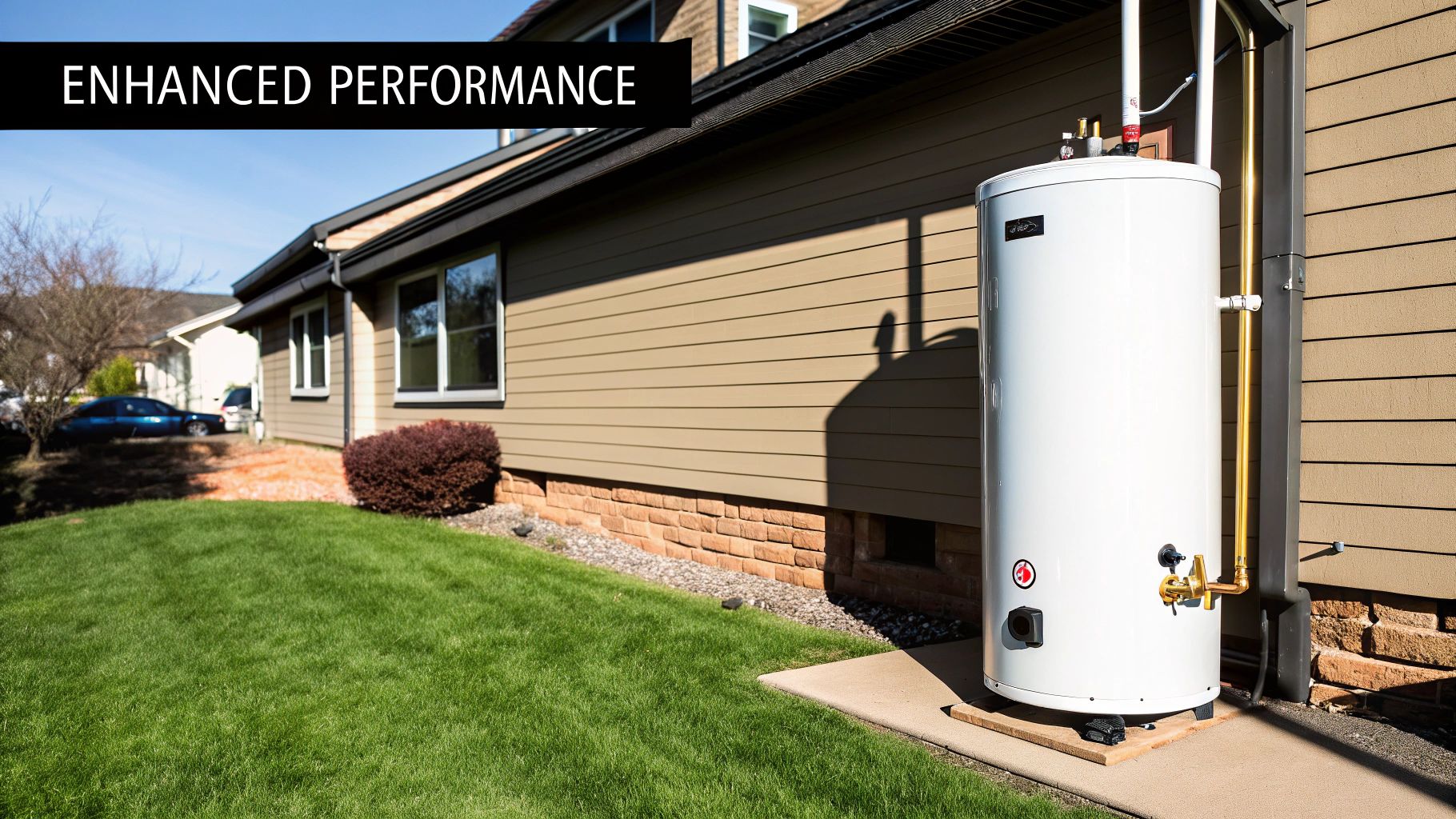
Let's explore how to remove sediment from your water heater. This guide provides a step-by-step approach, perfect for beginners and experienced homeowners alike. We'll cover every stage of the process, from initial preparation to the final steps.
Preparing Your Water Heater For Sediment Removal
Safety is paramount. Before starting, turn off the power to your water heater. For electric water heaters, switch off the corresponding breaker. For gas water heaters, turn the gas control knob to the "off" position. Then, locate the cold water supply valve leading to the water heater and turn it off. This stops new water from entering the tank during the process. Having the correct tools on hand will simplify the task.
Draining The Water Heater
Attach a garden hose to the drain valve located at the bottom of the tank. Ensure the other end of the hose leads to a suitable drain, positioned lower than the water heater to allow gravity to do its work. Next, open a hot water faucet somewhere in your home. This prevents a vacuum lock and facilitates smooth draining. Now, open the drain valve on the water heater to begin draining the water.
Flushing Out The Sediment
As the water drains, you'll likely observe sediment coming out with it. To remove stubborn particles, briefly open and close the cold water supply valve a few times. This creates a surge of water inside the tank, helping to dislodge more sediment. Repeat this process until the water flowing from the hose runs clear. This indicates most of the sediment is gone.
Refilling and Restarting Your Water Heater
Once the water runs clear, close the drain valve and detach the hose. Slowly reopen the cold water supply valve to refill the tank. As the tank refills, keep a hot water faucet open until the water flows steadily. This purges any trapped air from the system. After the tank is full and the hot water flows smoothly from the faucet, restore power to your water heater.
Water Heater Lifespan and Maintenance
Regular sediment removal can significantly extend the life of your water heater. Most water heaters last between 8 to 12 years. However, neglecting this crucial maintenance can lead to premature failure due to sediment buildup. In hard water areas, sediment can reduce a water heater's lifespan by two years or more. Many home warranty companies require annual flushing to maintain coverage. This simple process improves energy efficiency and lowers operating costs. For more detailed information on the benefits of flushing, refer to resources like Dormar HVAC.
Different Methods For Sediment Removal
To help you choose the best approach for your situation, let's compare different sediment removal methods. The following table outlines the effectiveness, difficulty, cost, and time commitment of each method.
Sediment Removal Process Comparison: This table compares different methods for removing sediment from water heaters, including DIY flushing, using descaling solutions, and professional maintenance.
| Method | Effectiveness | Difficulty Level | Cost | Time Required | Best For |
|---|---|---|---|---|---|
| DIY Flushing | Moderate | Easy | Low (cost of materials) | 1-2 hours | Routine maintenance, minor sediment buildup |
| Descaling Solution | High | Moderate | Moderate (cost of solution) | 2-4 hours | Moderate sediment buildup, improving efficiency |
| Professional Maintenance | High | Low (for the homeowner) | High (service fee) | 1-2 hours | Severe sediment buildup, potential damage, or lack of DIY skills |
As you can see, each method offers a different balance of effectiveness and effort. Choosing the right one depends on your specific needs and comfort level.
This guide provides a comprehensive approach to maintaining your water heater and preventing future sediment problems. Regular maintenance is essential for maximizing its performance and lifespan.
Winning Strategies to Prevent Future Sediment Battles
After successfully removing sediment from your water heater, the next crucial step is preventing future buildup. Why engage in a constant cleaning battle when you can proactively minimize sediment accumulation? Taking preventative measures can significantly reduce sediment formation and extend the lifespan of your water heater.
Water Softening: A Hostile Environment for Sediment
One highly effective strategy is installing a water softening system. These systems remove minerals like calcium and magnesium, the primary components of sediment. By reducing the mineral content in your water, you create an environment where sediment is less likely to form in your water heater tank. This leads to improved efficiency and a longer lifespan for your appliance.
Filtration Solutions: Targeted Defense Against Sediment
Another valuable approach is using filtration. While a whole-house water softener tackles minerals throughout your entire plumbing system, a dedicated filter installed before your water heater specifically targets sediment-causing particles. There are several types of filters available, each with varying levels of effectiveness and maintenance needs. Selecting the right filter depends on your water quality and budget.
Simple Habits, Big Impact: Minimizing Sediment Accumulation
Beyond installing systems, simple changes in your habits can significantly reduce sediment accumulation. Regularly flushing your water heater, even partially, can help remove existing sediment and prevent further buildup. This simple maintenance task, ideally performed annually, offers both economic and environmental advantages. Discover more insights about the benefits of flushing your water heater.
Sediment buildup forces the water heater to work harder, consuming more energy. Removing this sediment improves efficiency and reduces your carbon footprint. Extending the lifespan of your water heater also contributes to sustainability by reducing the need for replacements.
Cost-Benefit Analysis: Choosing the Right Prevention Method
Different prevention methods offer varied costs and benefits. A water softener provides comprehensive mineral removal but requires a larger initial investment. Filtration systems offer a more targeted approach and are generally less expensive upfront, although filter replacements add an ongoing cost. You might be interested in our product sitemap for more information on different plumbing solutions.
Analyzing the cost-benefit of each option, considering your local water quality and budget, will help you determine the most effective and economical strategy. Regional water differences can also influence your decision. Understanding your area's water hardness will help you determine if softening, filtration, or a combination of both is the best solution for your specific needs.
When DIY Isn't Enough: Professional Water Heater Intervention
Sometimes, even the most dedicated DIY enthusiast needs professional help. Knowing when to call in a pro for your water heater can save you time, money, and potential headaches. While removing sediment is often manageable for homeowners, certain situations demand a trained technician's expertise.
Recognizing the Limits of DIY
Several factors indicate when professional help is necessary. Aging units, for example, are more prone to damage during flushing. Older valves can seize, pipes can become brittle, and tanks can corrode, increasing the risk of leaks or bursts during DIY attempts.
Another factor is complex installations. If your water heater has an unconventional setup, multiple connections, or unusual venting, attempting a DIY flush could disrupt the system and cause further problems. Additionally, signs of internal damage such as consistent rusty water or no hot water are red flags requiring professional diagnosis and repair. Attempting to fix these yourself could worsen the situation.
Finding Qualified Technicians
When you need a professional, finding a qualified technician is crucial. Look for licensed and insured plumbers experienced in water heater maintenance and repair. Check online reviews on sites like Yelp and ask friends and neighbors for recommendations. Getting multiple quotes ensures a fair price. A reputable plumber will explain the needed repairs and provide a clear cost breakdown before beginning work.
Preparing for Professional Service
Before the plumber arrives, gather information about your water heater, including the make, model, and installation date. This helps them quickly assess the situation and determine the necessary tools and parts. Clearing the area around the water heater provides easy access and minimizes disruption. Preparing in advance ensures an efficient and cost-effective service call.
Understanding Fair Pricing
While cost is a consideration, the cheapest option isn't always the best. Focus on a technician who offers a fair price for quality work. A detailed estimate outlining labor costs and required parts should be provided upfront. Don't hesitate to ask questions about the pricing structure and the work included.
By recognizing DIY limitations and seeking professional help when needed, you can protect your investment and ensure your water heater provides reliable hot water for years. This balanced approach empowers you to handle manageable maintenance tasks while knowing when to call in experts for complex issues, saving time, money, and potential frustration. Are you in Maryland and experiencing water heater issues? Essential Plumbing and Electric offers expert services, from routine maintenance to complex repairs. Contact them today at https://essentialplumbingandelectric.com for reliable and efficient solutions.


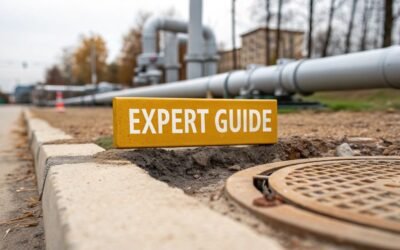

0 Comments